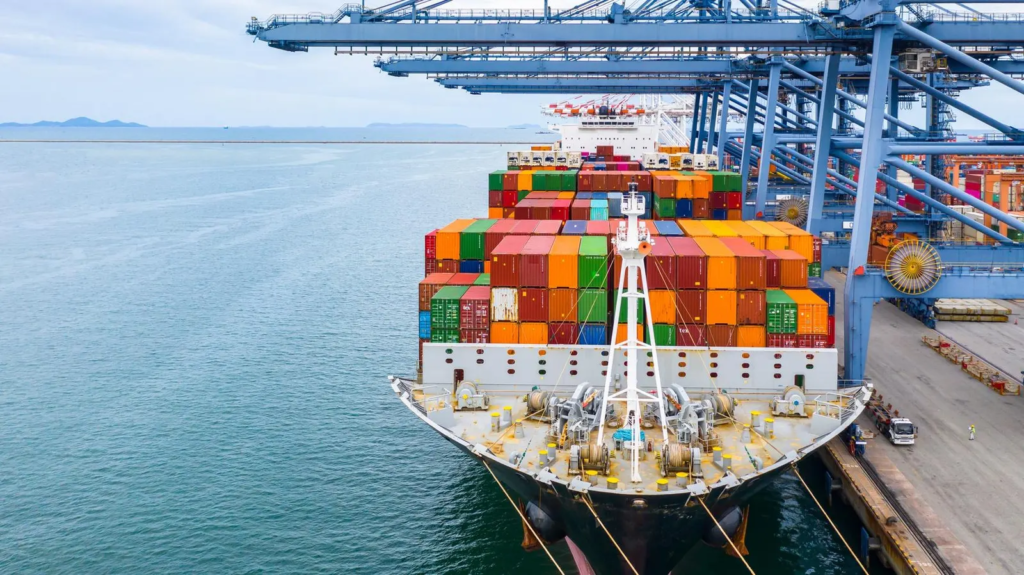Group Shipping: A Game-Changer for Cost-Efficiency and Sustainability
In an era where e-commerce continues to boom, group shipping is emerging as a transformative strategy for both consumers and businesses. This approach, which consolidates multiple orders into a single shipment, offers a dual advantage of cost savings 大件貨集運 and environmental benefits. As consumers and companies alike seek more efficient and eco-friendly solutions, group shipping provides a compelling answer to these demands by leveraging shared resources to minimize expenses and reduce carbon footprints.

The primary appeal of group shipping lies in its ability to drive down costs. By combining orders from various customers or businesses, shipping providers can take advantage of economies of scale. This consolidation means that the total shipping cost is distributed among all participating parties, significantly lowering the per-package fee. For consumers, this results in more affordable shipping rates, while businesses—particularly those with smaller shipping volumes—can access competitive pricing that might otherwise be out of reach. The financial benefits are clear, making group shipping an attractive option for budget-conscious shoppers and cost-sensitive companies alike.
In addition to its economic advantages, group shipping contributes to environmental sustainability. Traditional shipping methods often involve numerous small deliveries, leading to increased vehicle emissions and higher levels of traffic congestion. By consolidating shipments, the number of vehicles required is reduced, which in turn lowers greenhouse gas emissions and lessens the overall environmental impact. This aligns with the growing emphasis on sustainability and corporate social responsibility, making group shipping not just a smart financial choice but also a step towards greener logistics practices.
However, the implementation of group shipping is not without its challenges. Coordinating multiple orders requires meticulous planning and efficient logistics management to ensure that all packages are collected, processed, and delivered in a timely manner. Delays or miscommunications can complicate the process, potentially affecting customer satisfaction. Fortunately, advancements in logistics technology and sophisticated tracking systems are helping to address these issues. Automated solutions and real-time monitoring are improving the efficiency and reliability of group shipping, making it a more feasible option for a wider range of businesses and consumers.
As e-commerce continues to evolve, the role of group shipping is likely to expand. The increasing emphasis on cost-efficiency and environmental stewardship is driving more individuals and businesses to consider this model. Group shipping not only offers a practical way to reduce shipping costs but also aligns with broader environmental goals, making it a key component of modern logistics strategies. For those looking to balance economic and ecological considerations, group shipping presents a forward-thinking solution that addresses both needs effectively.